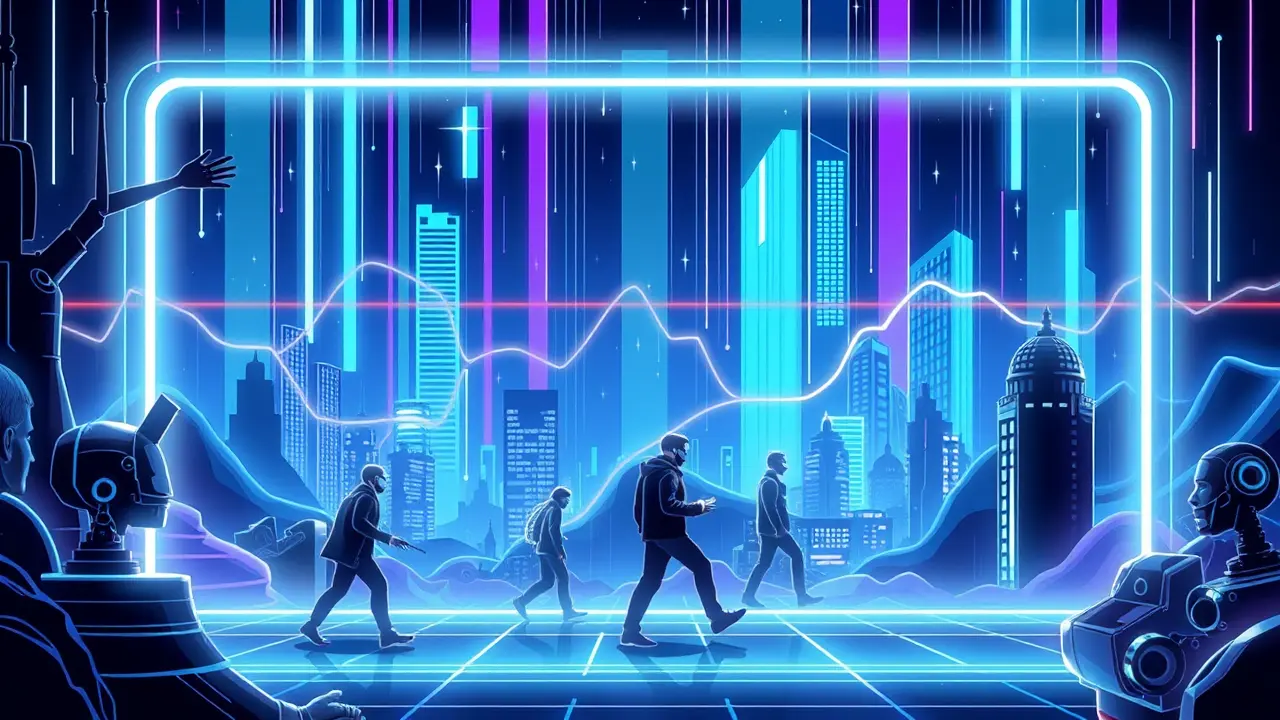Comparing the A.I. Boom to the 1929 Stock Market Crash
The current buzz around artificial intelligence stocks is reaching a fever pitch that has some seasoned Wall Street veterans quietly reaching for their history books, drawing uneasy parallels to the speculative mania that preceded the great crash of 1929. Just as the Roaring Twenties were fueled by a belief in perpetual prosperity and revolutionary new technologies like radios and automobiles, today’s market is intoxicated by the transformative potential of large language models and machine learning, sending valuations of companies like NVIDIA to stratospheric levels based on future earnings projections that may be difficult to sustain.Andrew Ross Sorkin’s latest work, which meticulously chronicles the lead-up to Black Tuesday, serves as a sobering reminder that markets are ultimately driven by human psychology—a mix of greed and irrational exuberance that can detach stock prices from fundamental business realities for only so long. In the late 1920s, the widespread use of margin buying allowed everyday investors to leverage their bets with borrowed money, creating a precarious house of cards that collapsed with devastating effect; today, we see a similar, though more complex, structure with algorithmic trading and passive investment flows pouring into a narrow cohort of tech stocks, creating a concentration risk that echoes the pre-crash environment.Federal Reserve policies, then and now, play a critical role: the easy money policies of the 1920s find a modern counterpart in the years of quantitative easing and near-zero interest rates that have flooded the system with capital seeking high returns, pushing investors further out on the risk curve. While the underlying technologies are undoubtedly real and powerful—unlike the purely speculative ventures of the past—the danger lies in the market’s timing and pricing, which may have already baked in a decade’s worth of innovation into current share prices, leaving little room for error or delayed adoption.Historical precedent suggests that when the narrative of inevitable growth is finally challenged by economic reality—be it rising interest rates, geopolitical shocks, or simply disappointing earnings—the re-pricing can be swift and brutal. The key distinction, of course, is the robust regulatory framework and circuit breakers now in place, designed to prevent a total systemic meltdown, but these mechanisms cannot insulate investors from significant paper losses if the AI bubble does indeed deflate.As we watch financial leaders like Jamie Dimon issue cautious warnings, it’s worth remembering that the road to 1929 was paved with the assurances of experts who believed ‘this time is different. ’ A careful analysis of price-to-sales ratios in the tech sector compared to historical averages reveals a disquieting similarity to past bubbles, suggesting that while the AI revolution is genuine, the market’s current valuation of it may be a classic case of over-optimism. For long-term investors, the lesson from Sorkin’s history is not to avoid the market altogether, but to maintain a disciplined focus on fundamentals, diversification, and a healthy skepticism for narratives that seem too good to be true, because as the ghost of 1929 reminds us, trees don’t grow to the sky.
KA
Kaitlyn Miller123k2 days ago
i’ve loved your takes so far but this one feels a bit too doom and gloom for me idk maybe i’m just too hopeful
0
